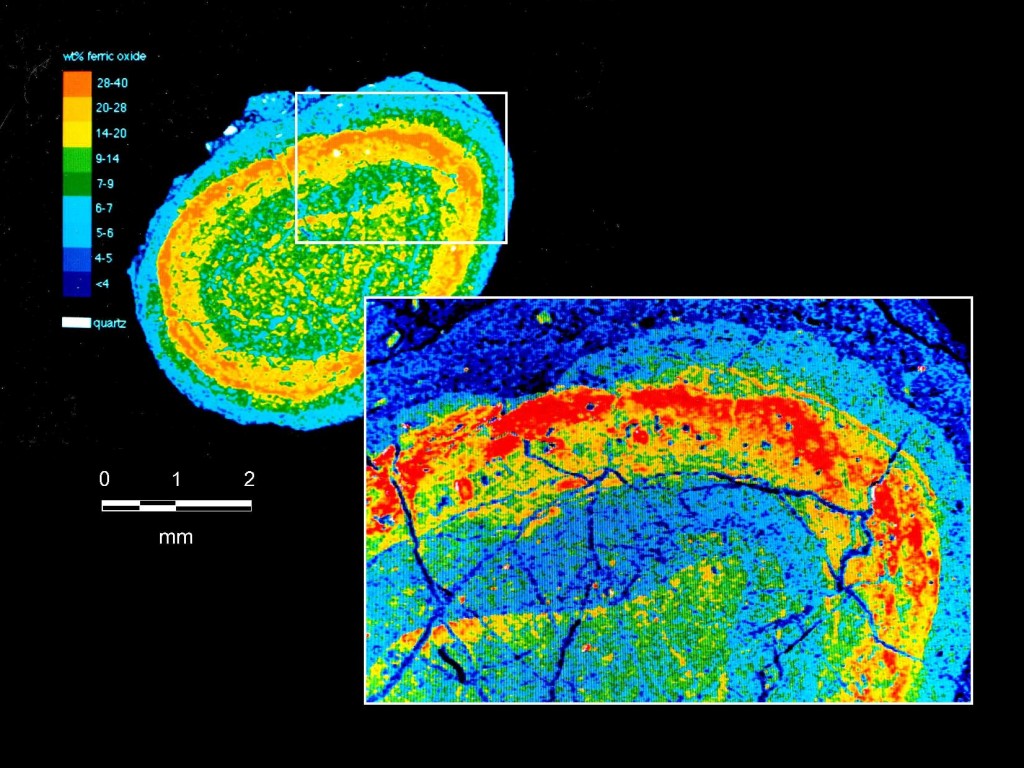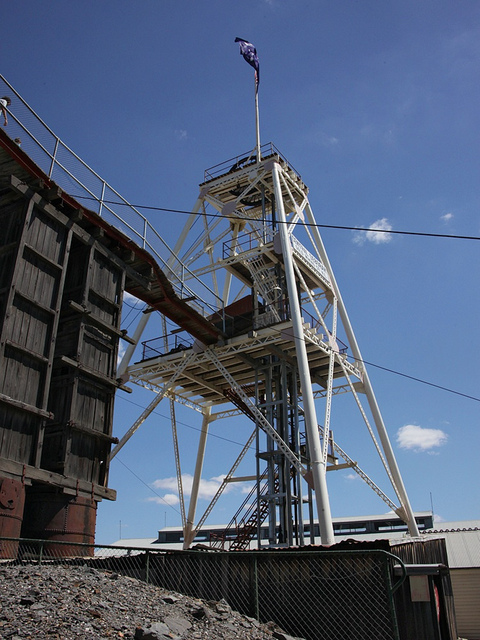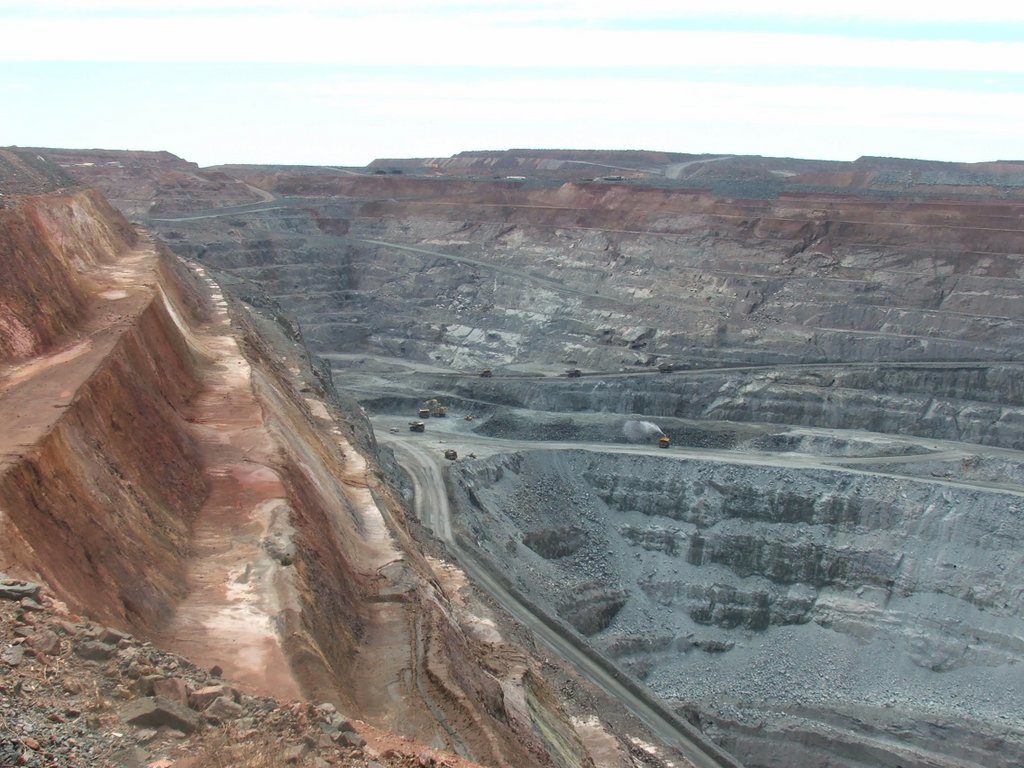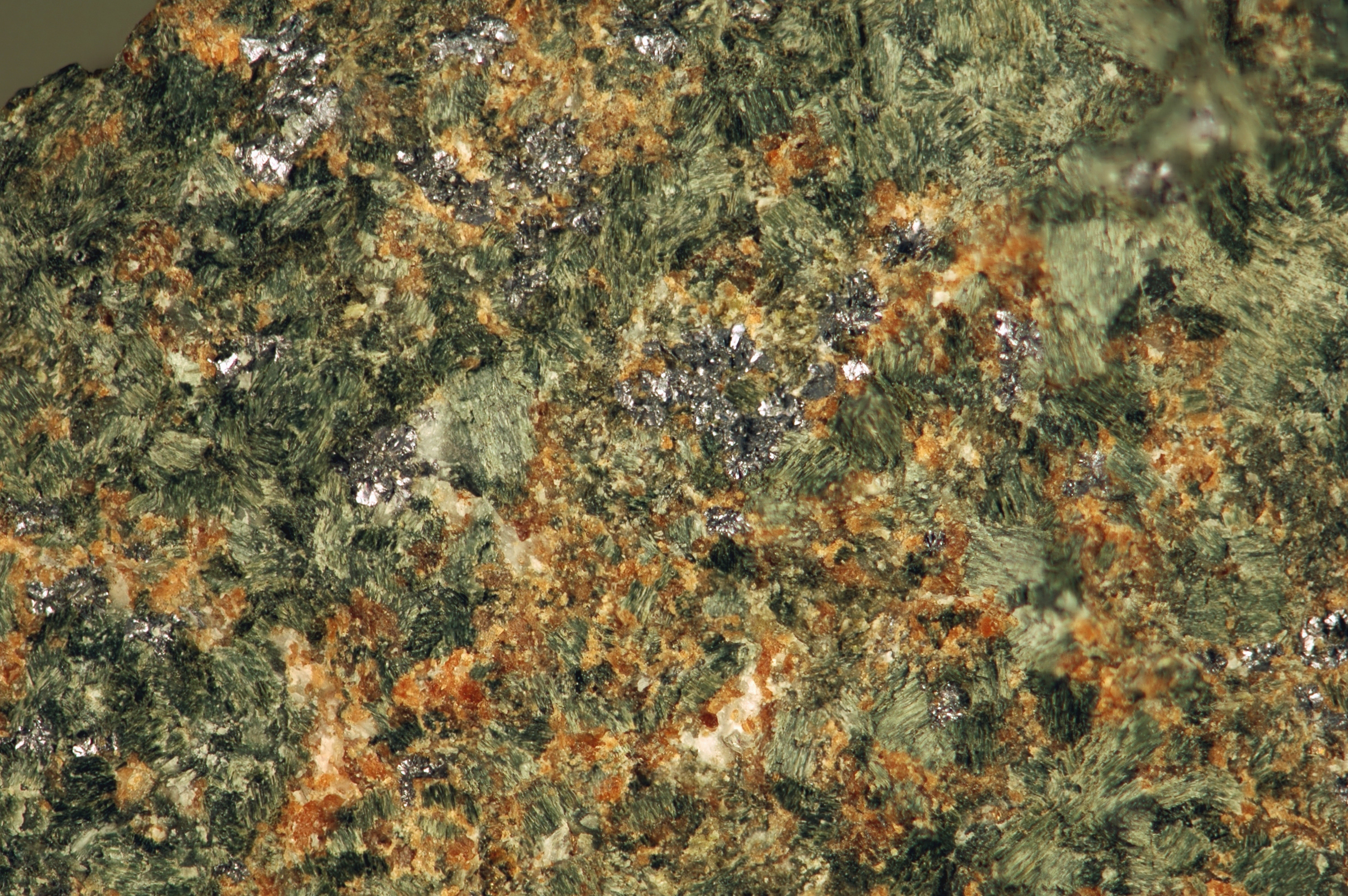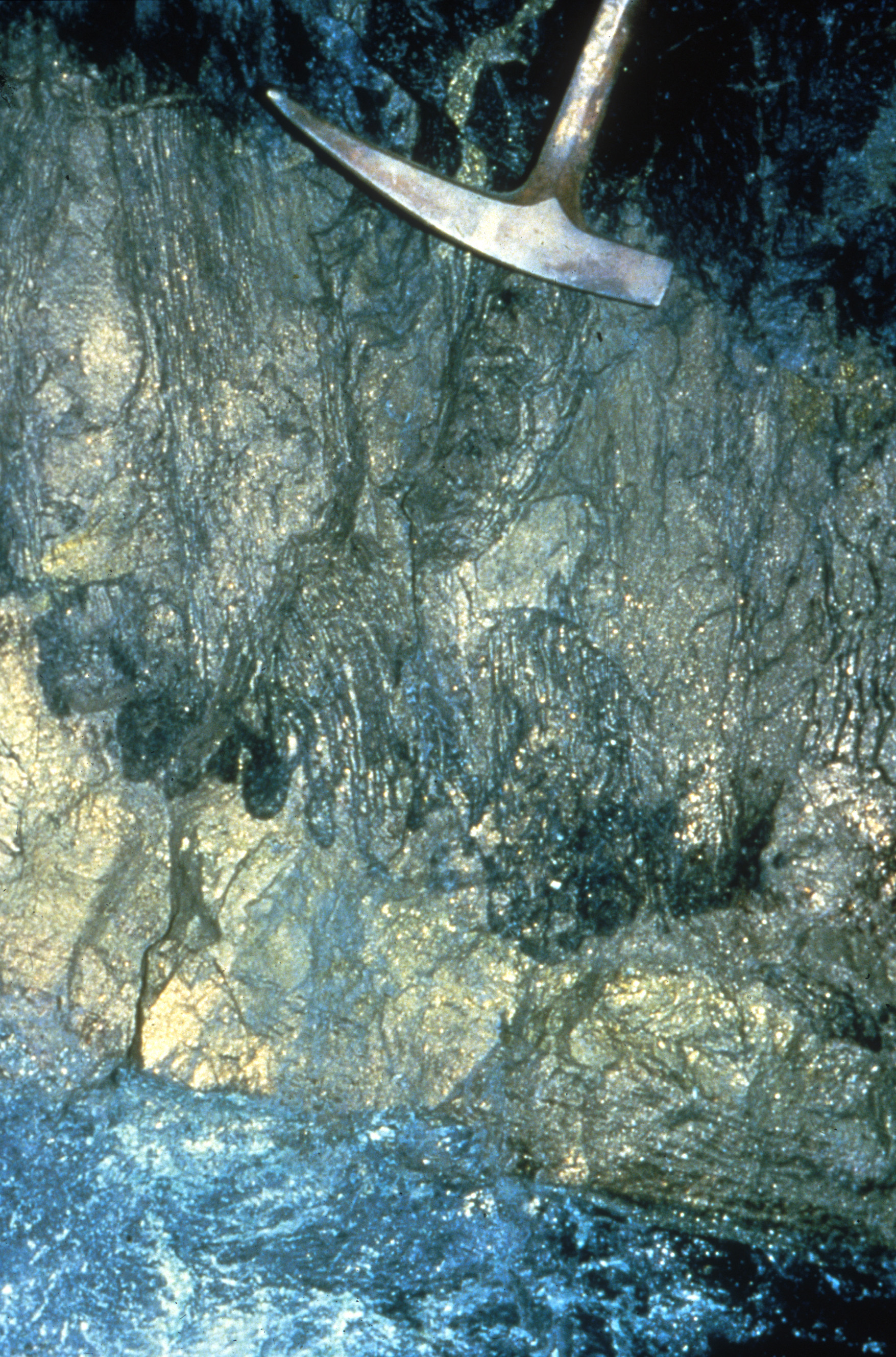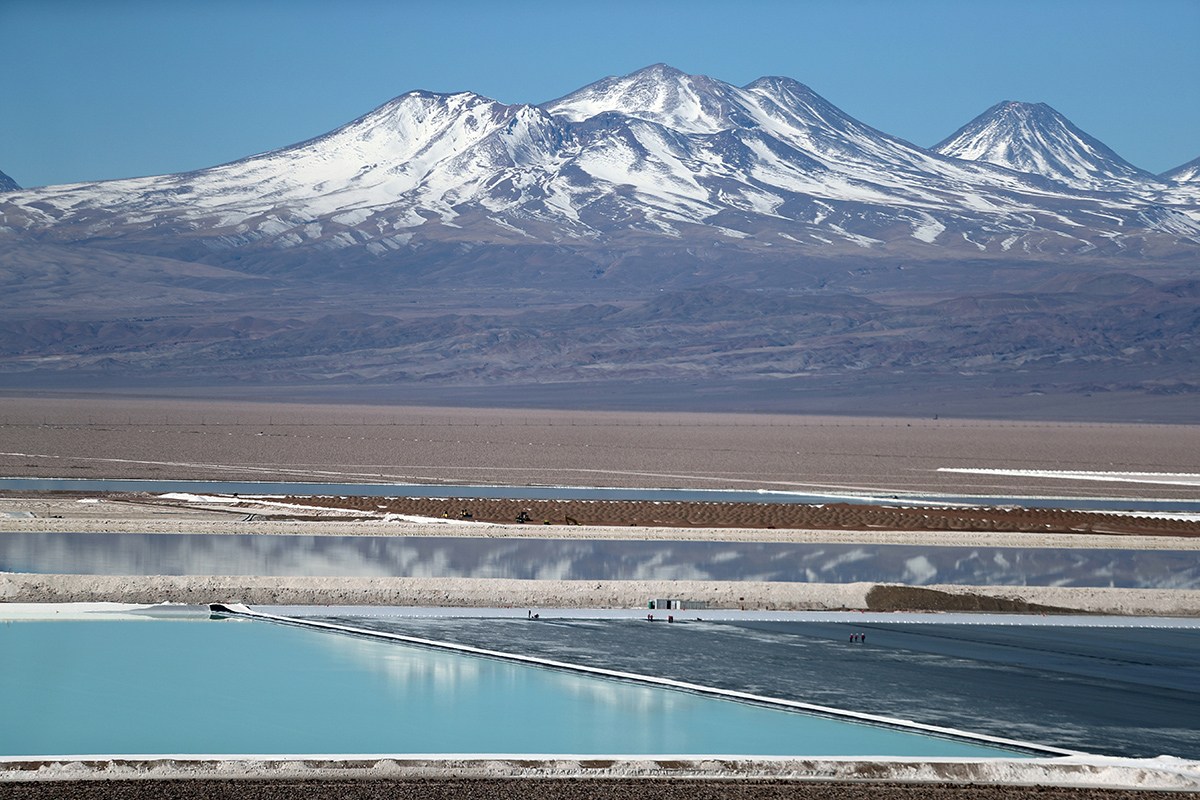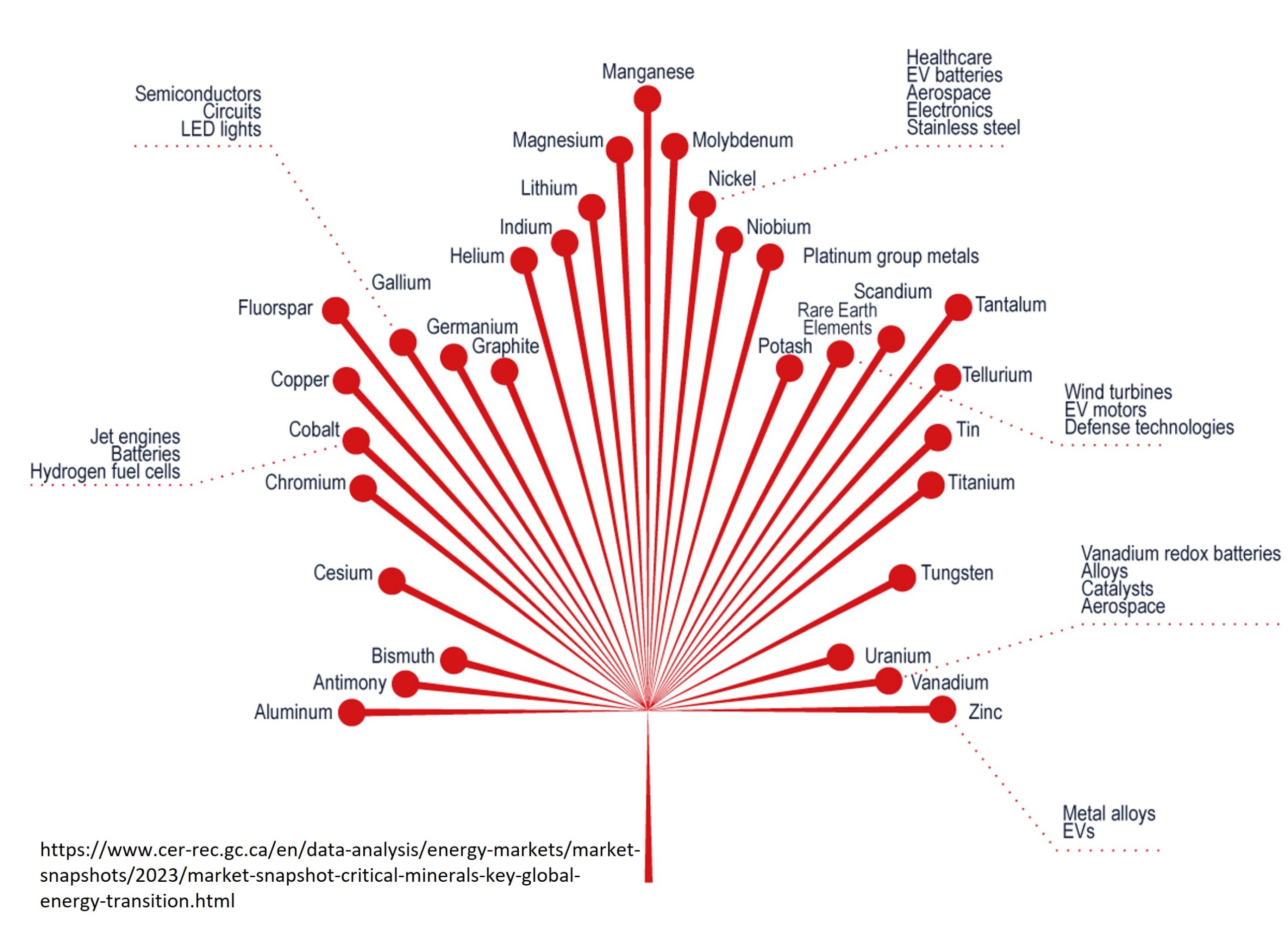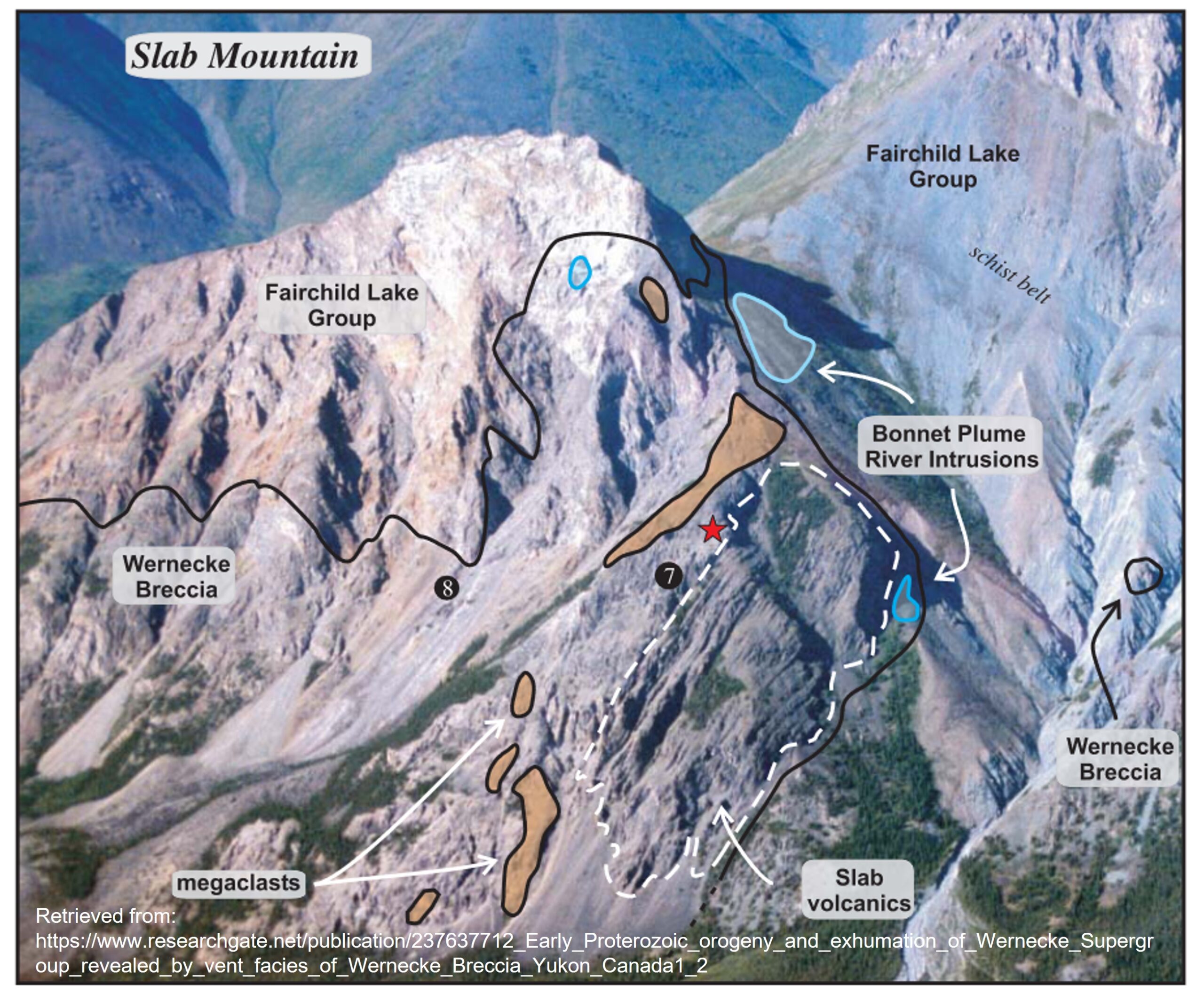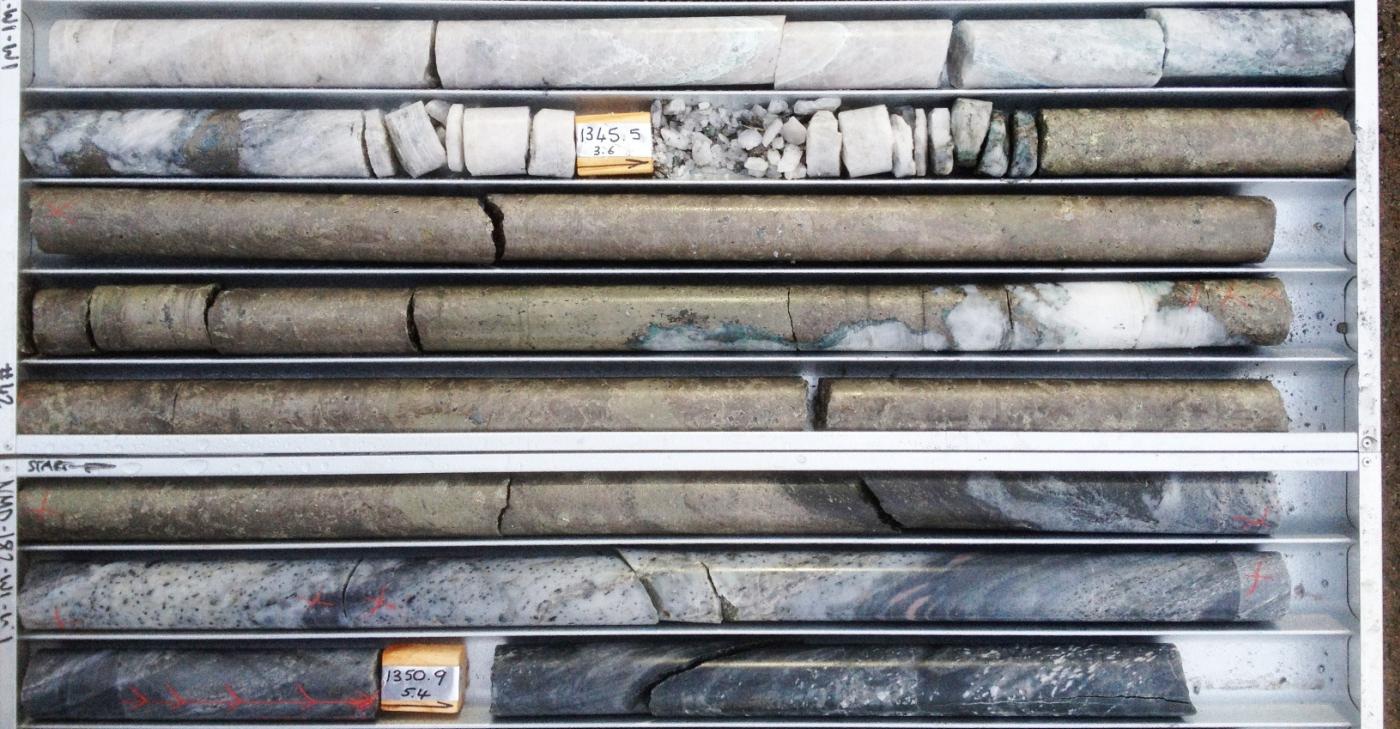[box type=”info” align=”alignleft” class=”” width=””]EDITORS NOTE: This article was originally published in February 2015. At the time, Canadian junior Romarco Minerals Inc. was developing the Haile Gold Mine in South Carolina.
In July 2015, Australia-based OceanaGold bought Romarco. First gold production at the Haile Gold Mine took place two years later.[/box]
Geology of the Southeastern U.S.
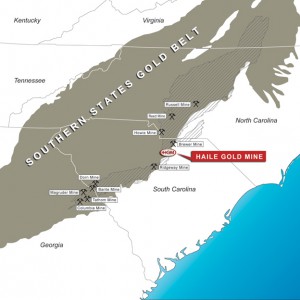
Gold mining has long history in the southeastern United States, specifically in the Carolina Slate Belt. The slate belt extends from Alabama to Virginia and is best exposed in North and South Carolina. These rocks were originally created off the coast of what is now Africa during the Ediacaran and Cambrian periods (600 million – 550 million years ago). This ancient group of islands, similar to the Solomon Islands or parts of Indonesia, was essentially picked up and dropped on top of the ancient North American coast some 530 million years ago, and then buried, squeezed and cooked and much later brought to the surface. Then it was buried again, under a mantle of sand dating to the late Cretaceous (some 90-60 million years ago). Finally it was brought to the surface again and deeply eroded to form today’s rolling topography. These are hard, crystalline rocks and they form the uplands of the Carolinas, distinct from the flat sedimentary coastal plain. The deposit itself is located in Lancaster County, South Carolina, 50 miles northeast of Columbia.
Deposit Geology
The Haile deposit is an epithermal gold deposit, having formed from hydrothermal fluids at a shallow depth in the Earth’s crust. The deposit is part of the Persimmon Fork Formation, a 550 million year old sequence of volcanic material and the Richtex Formation, a package of marine sediments. These are typical types of rocks found on the edges of volcanoes and their associated islands. When these rocks were pushed up and over the North American Craton (what is now the core of the North American continent) they were heavily deformed into isoclinal folds. The buried rocks were heated so that the original minerals were replaced by higher temperature analogues. Finally the whole area was tilted, eroded and covered with a thick layer of soil from weathering (called saprolite). As these rocks were buried and squeezed, they were intruded by a series of granites, which further disrupted them by heating and deformation the area.
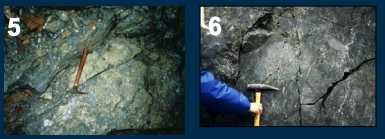
The gold mineralization is hosted in the Richtex Formation, at or near the contact with the Persimmon Fork. This is a district-wide phenomena and is related to burial metamorphism that occurred during emplacement. The gold is found in pyrite (an iron sulfide) and electrum (a natural alloy of silver and gold). These minerals are hosted in intensely altered silicified (flooded with silica) zones. At least four episodes of silicification have occurred, introducing more gold with each episode.
In addition to the influx of silica, some areas show stockwork veining and jigsaw brecciation (where the rock is broken into jagged pieces and later re-cemented). This alteration in the core of the deposit grades outward to a weaker quartz-sericite pyrite and finally into the regional greenschist metamorphic alteration. Interestingly, there is weak halo of quartz-carbonate-sericite-pyrrhotite at the edges of the mineralized zone. Halos are useful in targeting future mineralization as they are usually the first indication of a potential ore body.
Pyrite abundance reaches up to 15% in some areas, along with minor molybdenite (molybdenum sulfide) , chalcopyrite (copper-iron sulfide) and sphalerite (zinc-sulfide).
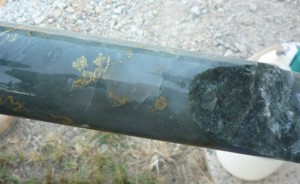
The molybdenite has been dated to 553 million years ago indicating this is the most likely time of mineralization. Other deposits in the belt show similar ages, indicating a regional gold deposit forming event.
The nature of the genesis of these deposits has been debated throughout the extant literature. Some authors point to submarine hot springs similar to modern day “black smokers”, while others suggest that mineralization came later when the rocks were being squeezed and deformed. Other authors propose that it is a combination of the two where rocks where initially mineralized by hydrothermal (hot water) processes, after which the original mineralization was remobilized by deformation. This deformation created the current pattern showing elements of both processes.
Project Overview
In 2007, Romarco acquired the Haile property from Kinross and began an evaluation for production scenario. By 2010, the company had defined reserve estimates, and they acquired all permits by 2015. In July of that year, OceanaGold acquired Romarco in an all-share $856 million deal. OceanaGold continued Romarco’s work and commenced production in 2017. In addition to developing four open pit mines, OceanaGold expanded surface infrastructure and constructed a new CIL/flotation/ultra-fine grind process circuit.
The project currently comprises four opens pits: the Mill Zone, Snake, Ledbetter, and Champion. OceanaGold completed over 180,000 meters of infill and extensional drilling between 2016 and 2019, targeting low-cost reserve growth areas around the existing deposits. Resource optimization drilling will continue throughout 2021 and 2022.
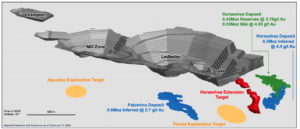
In 2020, 137,413 oz gold was produced. The Haile Mine’s 2020 reserve and resource estimate includes Proven and Probable reserves of 2.84 Moz, Measured and Indicated resources of 3.18 Moz, and Inferred resources of 1.11 Moz. The estimated life of mine is 12 years.
Future Outlook
OceanaGold is currently exploring and permitting underground deposits at the Haile Mine. Several underground deposits and exploration targets have been identified:
- Palomino Deposit: 0.6 Moz Inferred @ 2.7 g/t Au
- Horseshoe Deposit: 0.42 Moz Reserves @ 3.78 g/t Au; 0.53 Moz Measured and Indicated @4.95 g/t Au; 0.3 Moz Inferred @ 4.4 g/t Au
- Horseshoe Extension Target
- Pisces Exploration Target
- Aquarius Exploration Target
Underground mining at Haile is expected to begin at the end of 2022, continuing the legacy of gold mining in the Southeastern U.S.
List of Companies Mentioned
- OceanaGold (ASX:OGC) (website)
Subscribe for Email Updates

